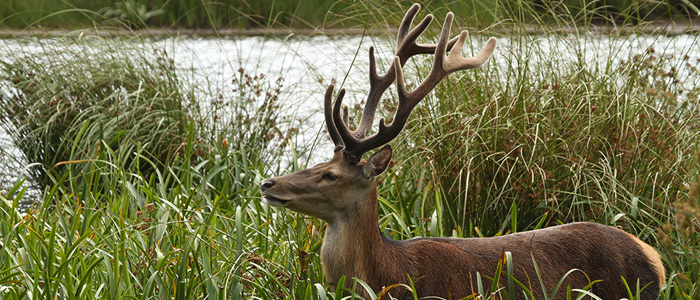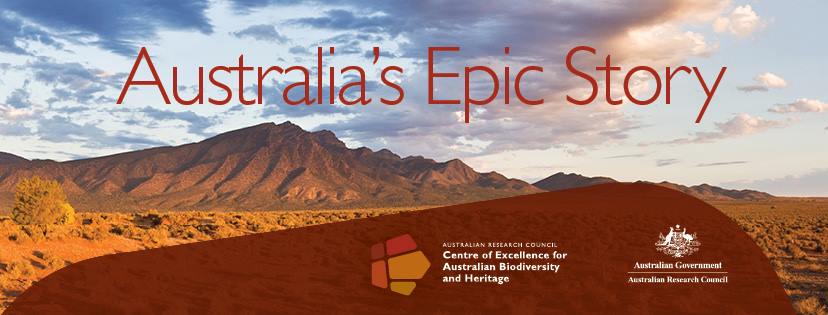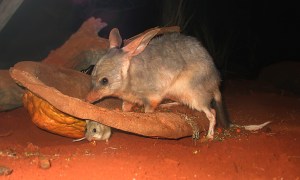The Faculty for Mathematics and Natural Sciences of Humboldt-Universität zu Berlin (HU Berlin), Geography Department, has an open position for a tenure-track professorship in Conservation and Development.

Starting as soon as possible. This is a Junior Professorship (W1 level, 100%) with a tenure track to a permanent professorship (W2 level, 100%). To verify whether the individual performance meets the requirements for permanent employment, an evaluation process will be opened not later than four years of the Junior Professorship. Tenure track professors at the HU Berlin are expected to do research and teaching, as well as to be active in university administration, in the promotion of young scientists, and in acquiring leadership and management skills. The concrete requirements out of the framework catalogue will be specified in the course of the appointment process.
We seek candidates with an outstanding research record in biodiversity conservation and sustainable development, with experience in working in the Global South. Successful candidates are rooted in conservation science and must have a doctoral degree in conservation science, development geography, environmental science, political ecology or related fields. We expect a demonstrated ability to work interdisciplinary, across the social and natural sciences to understand conservation challenges and and develop solutions.
We seek individuals with the vision, leadership and enthusiasm to build an internationally recognised research program. We expect collaboration with other research groups at the department, at HU Berlin and beyond, and a commitment to promoting a positive, diverse, and inclusive institutional culture. Experience in translating conservation science into action and/or work at the science/policy interface are beneficial.
We offer a tenure-track position in an international, young and vibrant department with an excellent scientific and education track record. The successful candidate will join an interdisciplinary group of faculty focused on human-environment relations, global change, and sustainability.
The salary will be according to W1 level, and after successful tenure evaluation W2 level. Employment at HU Berlin offers all benefits of the German public service system, including health insurance, an attractive pension plan, and social benefits.
Read the rest of this entry »









